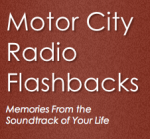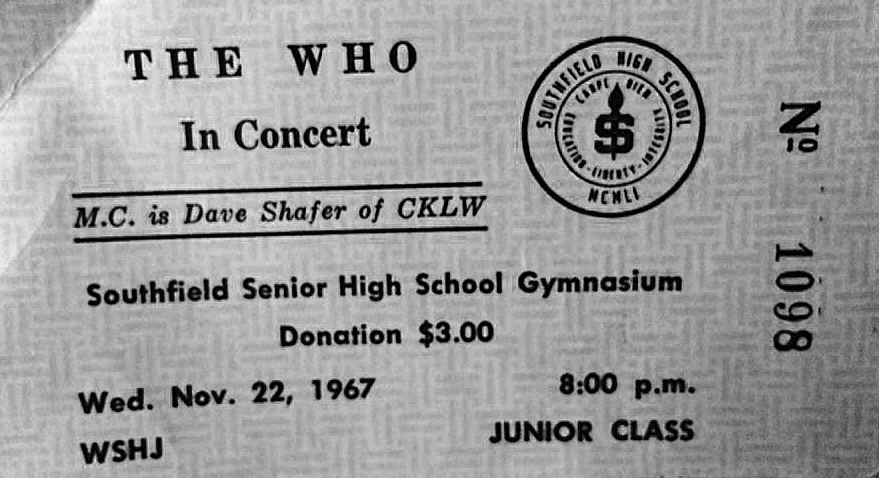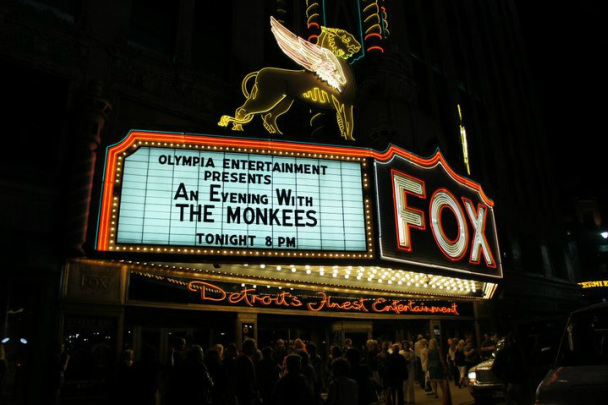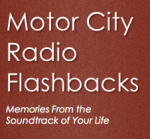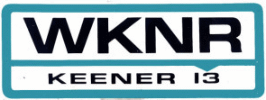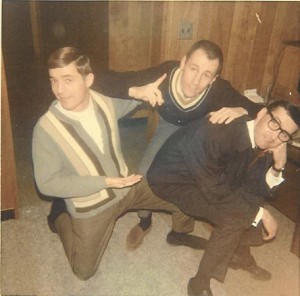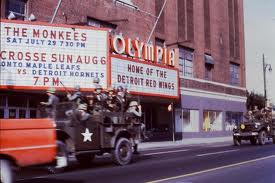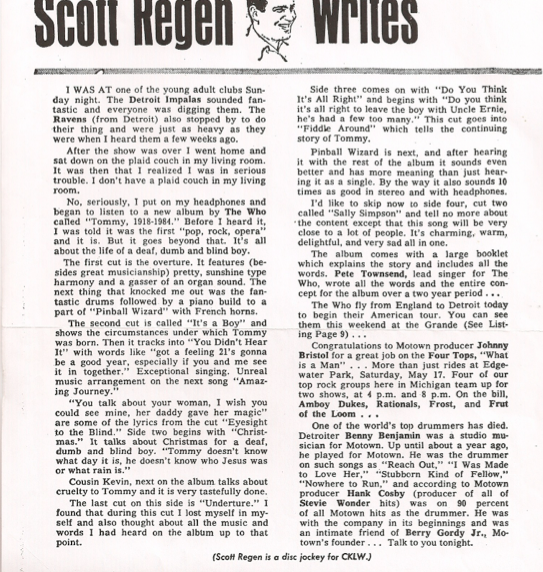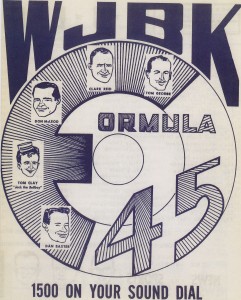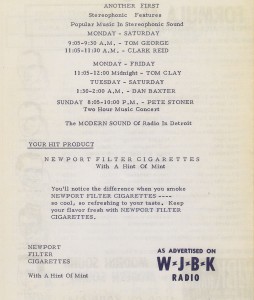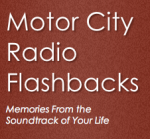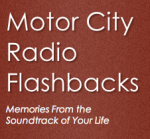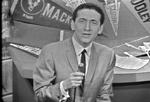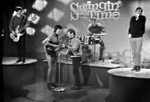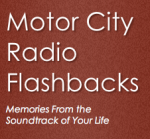 From the MCRFB NEWS archive: 1967
From the MCRFB NEWS archive: 1967
R&B Radio Outlets Richer; Static Quo on DJ Dollars Dismal
NEW YORK — The current success of many R&B format radio stations across the nation “is not that all apparent at the deejay level,” according to Ronnie Roker, an executive at Mark II Records.
Mark II records is the label of Tag LTD. Productions, a firm headed by Magnificent Montague, former air-personality with KGFJ, Los Angeles, and Roker, formerly with Liberty Records. The label’s first release is “Precious Memories” by the Romeos, now No. 38 with a star on the R&B chart, and climbing also on the Hot 100 Chart in pop sales. Montague played congos and bongos on the record. The LP is due out soon featuring the group.
The record got its start on R&B stations; among those that helped boost it were WVON, Chicago; WWIN and WEBB in Baltimore; WABQ and WJMO in Cleveland; KGFJ in Los Angeles, KATZ in St. Louis, and WJLB and WCHB in Detroit. It was WQV in Pittsburgh, Roker said, that swung the record into the pop field and did so much to promote record sales.
Format Operation
 R&B stations — practically all major ones — have gone to a format operation, Roker said. “Format lessens the amount of new records exposed, although the number of records exposed on R&B radio stations far surpass that on pop stations. Its much easier to get a record started in the R&B field, though not as easy as five years ago. Today, you have to put out a good record to get it played. There are very few bad records — or even mediocre ones — played on any R&B station.”
R&B stations — practically all major ones — have gone to a format operation, Roker said. “Format lessens the amount of new records exposed, although the number of records exposed on R&B radio stations far surpass that on pop stations. Its much easier to get a record started in the R&B field, though not as easy as five years ago. Today, you have to put out a good record to get it played. There are very few bad records — or even mediocre ones — played on any R&B station.”
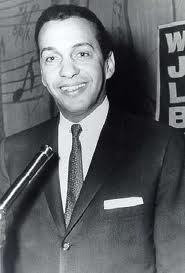
The tight formats now being used by R&B stations have really helped them, Roker felt. “It has been responsible for higher ratings of these stations in the general market, bringing them more business and higher advertising rates.” But this hasn’t helped most deejays, he said; their salaries haven’t been increased or, at least, it’s “not that apparent.” Roker said he felt deejays should share in the growth of the stations through higher salaries, “but whether they will is a different matter.” END
___
(Information and news source: Billboard Magazine; April 29, 1967)
Addendum: Here are two *rare* airchecks of Detroit’s own R&B Grandmaster himself, “Frantic” Ernie Durham, as he was 10 years earlier on R&B WBBC-AM in Flint, Michigan, in 1957 and in 1958.
From the MCRFB Aircheck Library, featuring:
WBBC-AM Ernie Durham: Ernie Durham – WBBC – Flint – November 1957.mp3
WBBC-AM Ernie Durham: Ernie Durham – WBBC – Flint – November 1958.mp3
![]()

